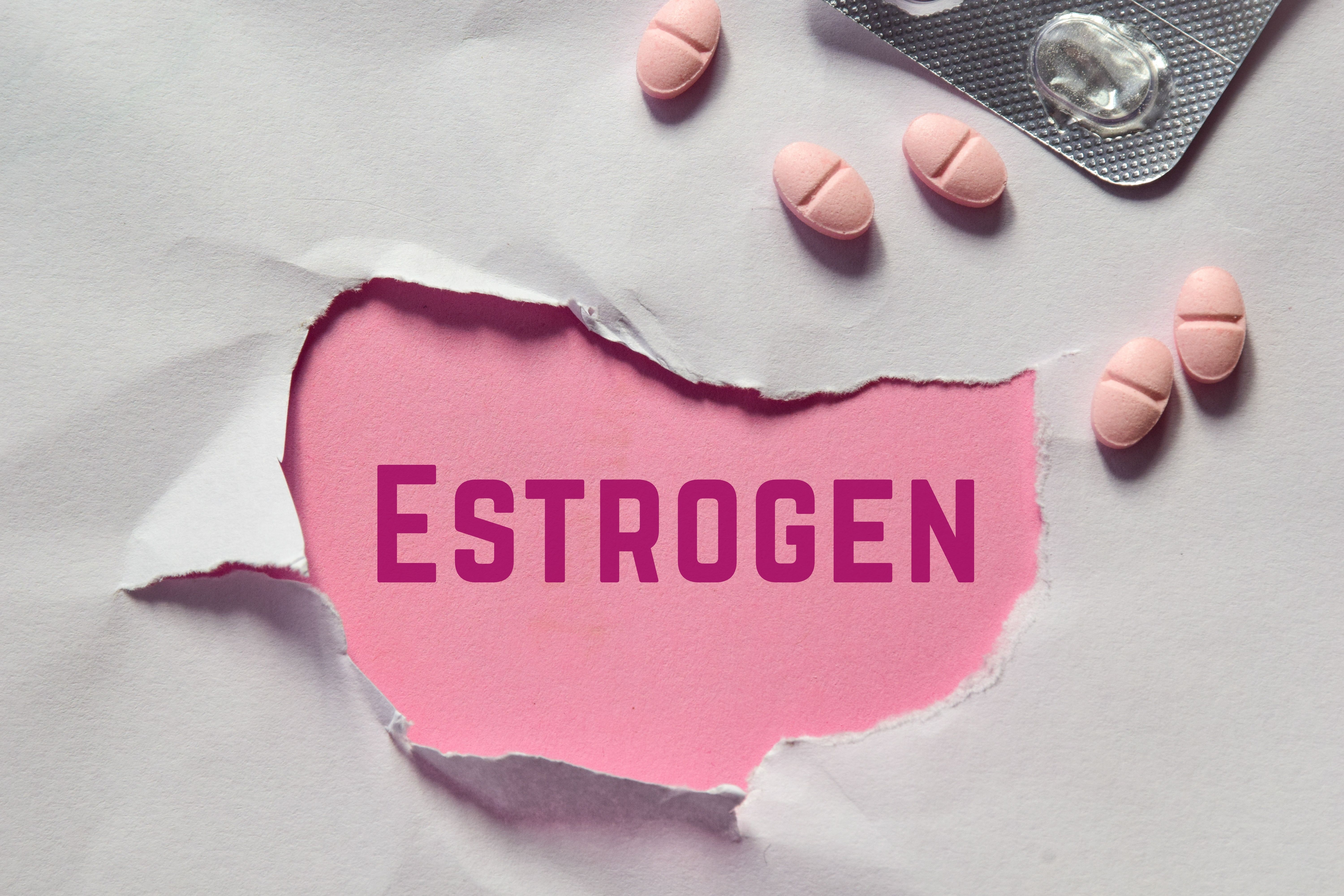Article
Stakeholders Discuss Gaps in Women's Healthcare Across the Lifespan
Author(s):
A webinar presented by the Patient-Centered Primary Care Collaborative emphasized the issues that women continue to face regarding fairness and equality in modern healthcare, discussing topics such as caregiving, maternal and mental health, racial disparities, and more.
Women continue to face issues regarding fairness and equality in modern healthcare, according to a recent webinar where panelists discussed topics such as caregiving, maternal and mental health, racial disparities, and more.
The webinar was presented by the Patient-Centered Primary Care Collaborative, a non-profit, multistakeholder membership organization dedicated to advancing an effective and efficient health system, and focused on achieving health equality, reducing the financial strain of healthcare for all women and families, improving maternal health outcomes, and establishing infrastructure that acknowledges women’s voices to ensure their concerns are met. It included presentations from the National Partnership for Women and Families (NPWF), the Black Women’s Health Imperative (BWHI), and the American College of Obstetricians and Gynecologists (ACOG).
Women and caregiving responsibilities
Women serve an essential role as caregivers as they make 80% of all healthcare-related decisions, according to the NPWF. Working mothers have been found to make 94% of healthcare decisions for others. Women are also responsible for nearly two-thirds of total caregiving and spend 50% more time administering care than men. Women also account for 75% of hospital employees. However, while women are continually assisting others, they continue to face hardships concerning their own health, said Katie Martin, vice president for Health Policy and Programs of the NPWF.
There are also severe financial and health-related effects that caregivers endure. Female caregivers are 2.5 times more likely to be living in poverty and 5 times more likely to receive Supplemental Security Income. Women who spend more than 9 hours per week caring for a sick or disabled spouse are twice as likely to develop heart disease due to added stress, and Martin added that 60% of women who were caregivers were forced to alter their work situation.
“Despite the outsized role that women play in health and health policy, our voices are too frequently ignored,” she said.
In addition, Martin said, employers continue to demonstrate a gap in equality for female workers. While there are 3 times more women than men in the healthcare workforce, only 1 in 5 are board members and executives at Fortune 500 companies.
Obtaining health insurance continues to be an ongoing struggle facing women, as well. Uninsured women find it difficult to acquire necessary care when they become ill. They are also far less likely to be able to afford to see a doctor and use preventive services. Women are also more likely to delay treatment because of cost, which can lead to dire, avoidable outcomes. Additionally, 54% of low-income women without health insurance were less likely to have a personal doctor than 85% of low-income women with health insurance. Women also account for the majority of Medicare, Medicaid, and enrollees on the individual marketplace exchanges created through the Affordable Care Act.
Another concern is that women’s voices are too frequently ignored in the healthcare spectrum, especially in regard to pain issues and research and development into women’s health, Martin said. For example:
- Just 65% of women fully trust their physicians
- 45% of women have been labeled chronic complainers
- 65% of women with chronic pain felt doctors didn’t take their pain seriously
- Women are less likely to be prescribed painkillers and wait longer than men to receive them
Females differ from males in disease expression, response to care management plans, and reaction to medication. As a result, they are less likely to receive correct diagnoses and aggressive prescription regimens. They are also more likely to die within 1 year of a heart attack. While 75% of patients with autoimmune disorders are women, it takes an average of 5 doctors over a 4-year span before their illness is identified.
Maternal and Mental Health
Even with advancements in modern healthcare, the United States has the highest maternal mortality rate out of all developed countries. It is estimated that 60% of maternal deaths were preventable.
Additionally, it was found in 2017 that depression and anxiety were twice as common in women than men. The prevalence of depression among women has become so widespread that women believe it is a normal part of the aging process, said Martin. Between 5% to 25% of all pregnant women, those who recently gave birth, and female parents have some type of depression. Women delay accessing care because of gender-based expectations associated with balancing work and family.
Racial disparities in women’s healthcare
The webinar also discusses issues specific to black women, caused by racial disparities that show up in higher rates for maternal morbidity and mortality, obesity, breast cancer, heart disease, diabetes, hypertension, and depression. It was found that:
- 80% were overweight or obese.
- They have a 42% higher mortality rate from breast cancer.
- 15% more cortisol, the stress hormone, is their blood at all times.
Serious health concerns they face are higher rates of heart disease, diabetes, hypertension, and depression.
According to Nancy Lee, MD, board member of BWHI, this gap caused by racial disparities are reflected in maternal death. From 2011 to 2013, 12.7 white women and 43.5 black women died per 100,000 child births. According to BWHI, ways to reduce maternal mortality include adopting protocol from the California Maternal Quality Care Collaborative to reduce hemorrhage and other associated events. They also advised that every state should perform maternal mortality reviews, train healthcare providers about implicit bias, and improve care in hospitals that disproportionately serve black women.
The higher rate of maternal mortality among black women is caused by chronic illness and general health concerns, including obesity and hypertension. Differences are also caused by social determinants of health (SDOH) which are nonmedical factors that impact an individual’s overall health and health outcomes that happen outside of a medical setting. SDOH factors include income, highest level of education, housing situations, insurance coverage, and healthcare accessibility. Stress, social, environmental, biologic, genetic, and behavioral factors also contribute to negative outcomes.
Implicit bias can also cause variations in the ways healthcare is delivered to black women, Lee said.
“Other studies demonstrated that black women were less likely to get pain medications that were indicated clinically," she said. "Providers need to understand this and consider it as a part of patient care. Providers should be trained to recognize their own biases and learn strategies to prevent these biases from influencing the care they deliver."
Being exposed to racism and bias has a substantial effect on generating health disparities. Since 2013, research has shown that insurance provider beliefs about black people are related to racial disparities in health and healthcare. Cultural stereotypes affect how information about an individual is processed and lead to implicit bias in decision-making.
“Researcher Arlene Geronimus, in 1992, established a causal relationship between experiences of racial discriminations and poor health outcomes. She coined a term which I find very interesting—weathering—to describe how black women aged faster than white women because of the chronic stress and those higher cortisol levels,” Lee said.
Turning to HIV, Lee noted that while black women make up 13% of the nation’s female population, they account for 64% of all new HIV infections. Healthcare providers currently have the capability to prevent the spread of HIV through prescribing pre-exposure prophylaxis (PrEP). As PreP is mostly prescribed to gay men, most doctors have been hesitant about providing the drug to women. There is currently no HIV risk-assessment tool available for women. Currently, most black women are unaware of PrEP. The greatest benefit could be gained by women who have HIV-positive partners, partners with sexually transmitted diseases, and partners who use intravenous drugs.
“Let us not forget that the standard of care that is applied to black women in clinical practice is based on a body of evidence that did not include them in its development,” said Lee. "This means that their lived experiences, health behaviors, and even biologic responses that have been shaped by centuries of oppression are not part of the standards of clinical practice we all follow. Clearly, we need more research, but we also need to examine how providers, physicians, nurses, dentists, pharmacists, et cetera, are trained and include implicit bias training in their curriculum."
Role of the provider
Perinatal care has been found to act as a bridge to connect women to mental health and other providers, said Meredith Yinger, MPH, and health policy analyst for the ACOG.
Obstetricians and gynecologists (OB/GYNs) have the capability to treat substance use disorder, provide postpartum contraception, prescribe PrEP, administer immunizations, and provide tobacco cessation and nutrition counseling. They can also help women transition to primary care physicians.
“Many women don’t seek regular medical care before they become pregnant or they use pregnancy as an opportunity to really improve their health, so OB/GYNs can again provide counseling on a range of lifestyle choices,” said Yinger.





